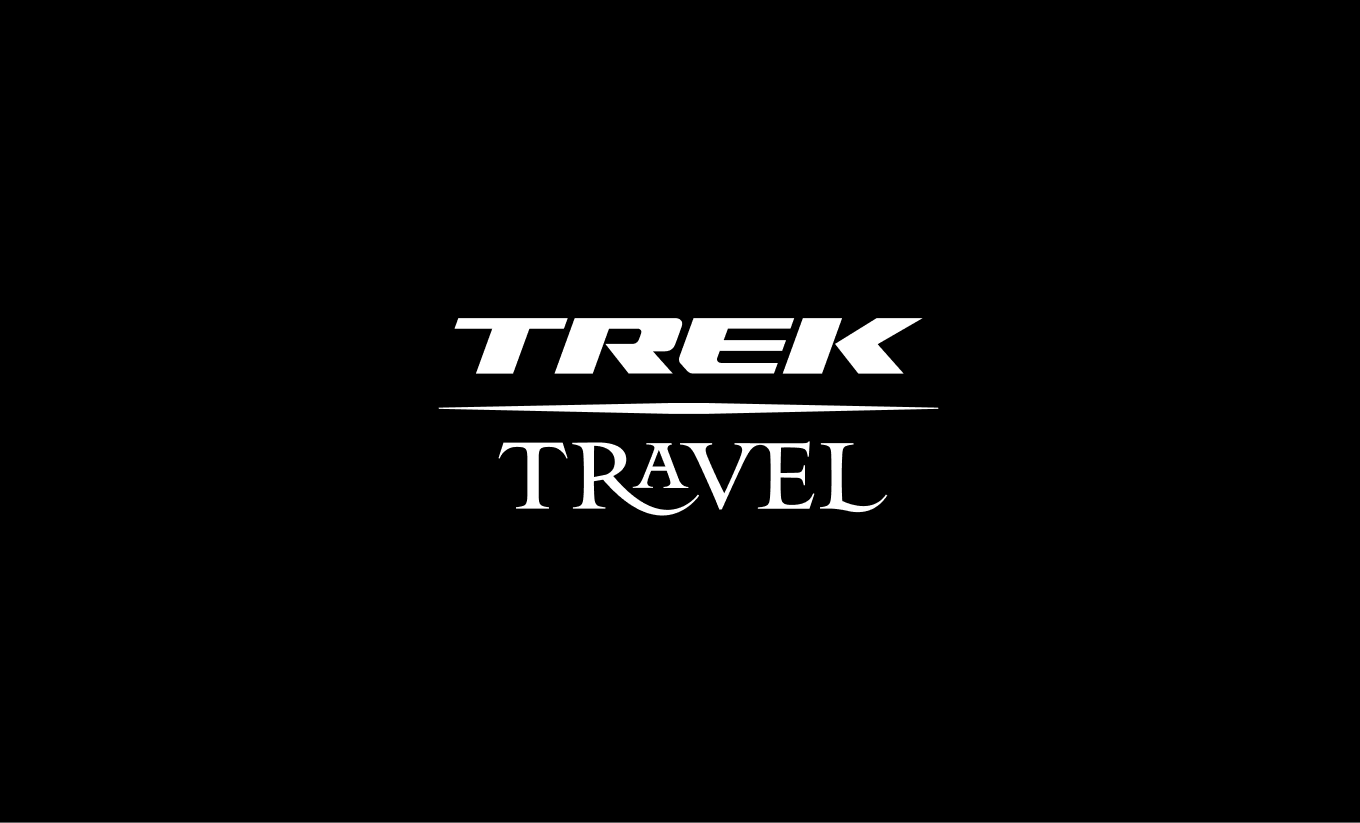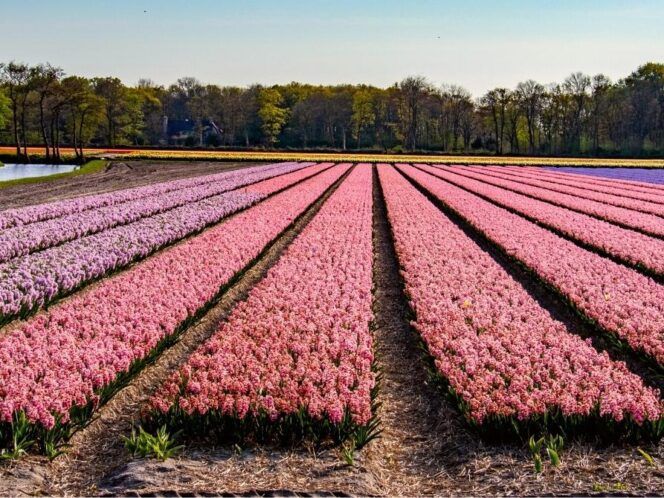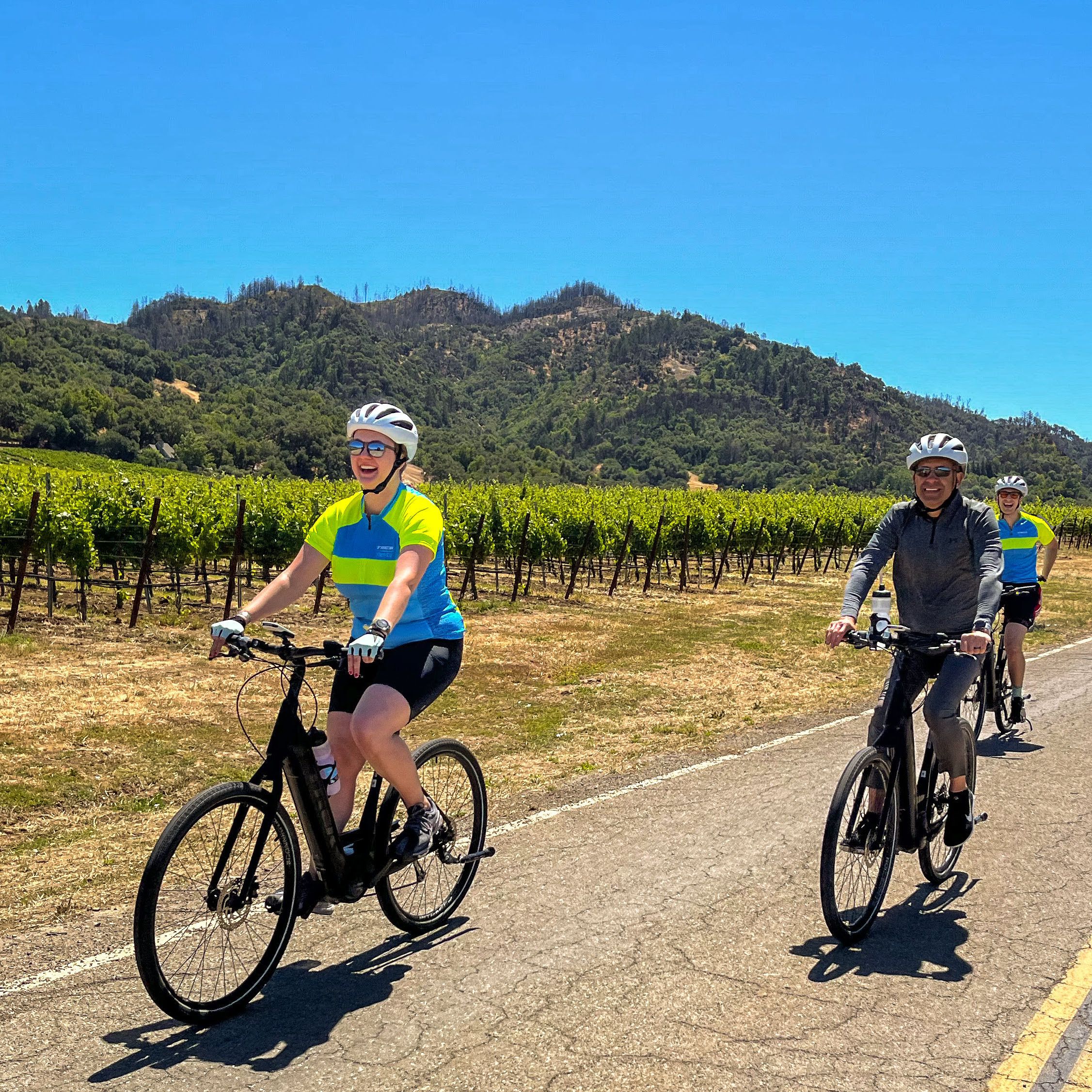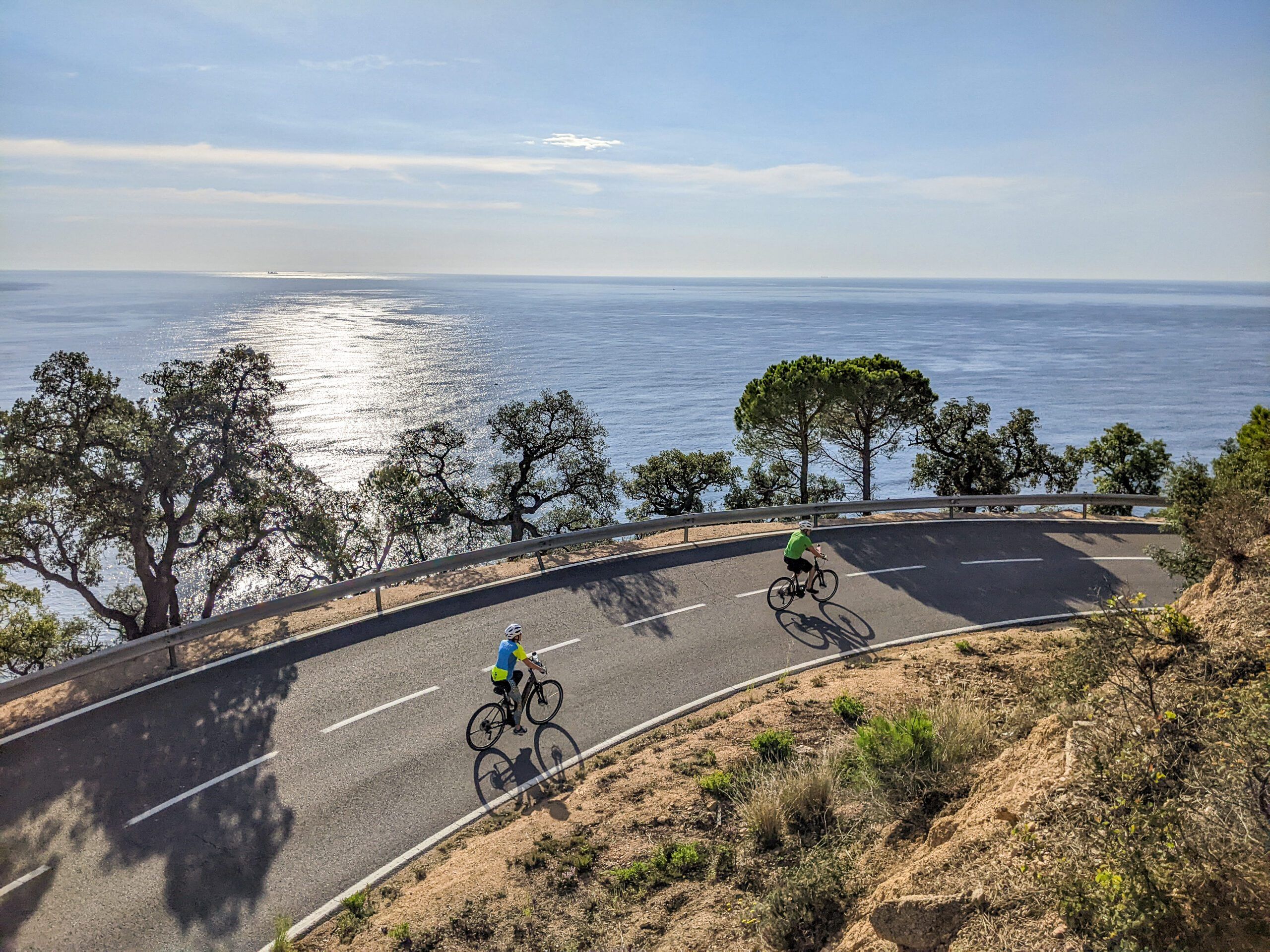
“There are few spots in the western mountain lands about which there hangs so much frontier romance.”
– William Maillie-Grohman, English Mountaineer 1882
No foothills. Steep coniferous forest. Solitary sub-alpine meadows bursting with wildflowers: paintbrush, lupine, sticky geranium, forget-me-not. Above it all, bare granite pinnacles. Moran, Buck, Middle, South, Owen, Teewinot. The Grand. Below, the braided channels of the Snake River. Banks carpeted by sagebrush, gatherings of aspen and cottonwood. Native Snake River cutthroat, beaver, geese, elk, moose, deer, pronghorn antelope and bison are here. Your flight makes its final approach from the north to the only commercial airport in the US located within a National Park. If you find yourself seated on the left side of the plane, gaze down at Blacktail Butte, the Gros Ventre River, Sleeping Indian, Flat Creek, Jackson Peak and the National Elk Refuge. On the right: Leigh Lake, Jenny Lake, Jackson Hole Mountain Resort. And towering above (even your plane), the Tetons.

Summer, 1871. Hot. Humid. Sweating and anxious, Ferdinand Hayden walked the streets of Washington D.C. He scrambled in and out of government office buildings. Up and down stairs. On and off street cars. He met with everyone who gave him a minute. Senators, Congressmen, Department of Interior officials. He schlepped large-format photographs taken by his friend William Henry Jackson, small oil paintings and sketches by Thomas Moran, and a giant report that bore his name: “The Hayden Geological Survey.” On December 18th of that same year, thanks to Hayden’s gargantuan efforts, a bill was simultaneously introduced to both the US Senate and the House of Representatives calling for the creation of a public park at the headwaters of the Yellowstone River, “…For all to enjoy.” On March 1st of 1872, President Ulysses S. Grant signed the Act of Dedication into law, effectively creating the world’s first National Park. It was named “Yellowstone.”
It was the spring of 2003. I took a break from college in Florida and got a job working on a guest ranch a few miles down the road from Allenspark, Colorado. During that time on the ranch, I learned most of the basic, Florida-boy-in-the-mountains lessons: horses are heavy, lightning above tree-line is scary, it can (and will) snow in July, bears can smell you cooking, wet cotton pants are cold, etc. etc. I made fantastic friends, cleaned horse stalls, slept outside, worked long hours and ultimately made my first journey north to Jackson, Wyoming and Grand Teton and Yellowstone National Parks. My fate was sealed.
I returned that fall to Gainesville, Florida to complete my senior year. Surfing magazine posters and neon beer signs were replaced on my walls with photos by Ansel Adams, Bradford Washburn, Galen Rowel and Tom Mangelsen. I bought my first “Sibley Guide to Birds” and “Plants of the Rocky Mountains.” I read John McPhee’s Rising from the Plains, Annie Proulx’s Close Range, Owen Wister’s The Virginian, and Gretel Erlich’s The Solace of Open Spaces. I sent out resumes by the dozen. I was in love.

After finishing my last exam and turning in the final “Blue Book” of my college days, I packed my truck and headed west again. My destination this time: a tiny basement bedroom on Millward St. in downtown Jackson. The 20 million-acre Greater Yellowstone Ecosystem and the Jackson Hole Valley had called me back, and corny as it sounds, I was home. Fast forward to today, over 12 years later: I’m still in Wyoming. Weekend explorations of the canyons and ridgelines of the Tetons have kept me here. Floating and fishing the Snake River Canyon has kept me here. Riding bikes on lonesome ranch roads and dark timber-lined singletrack has kept me here. Pizza and beer with friends on the deck at Dornan’s has kept me here. Skiing quiet winter glades has kept me here. The bear and elk and moose and antelope have kept me here. This fantastic, eternal landscape has kept me here.
I now live in a town just a few hours southeast of Jackson, on the east side of the Wind River Mountains, but every time I crest the top of Togwotee Pass on Highway 26, heading north, and catch that first glimpse of the Tetons…the hair still stands up on the back of my neck. I’m not joking. Staring up from the road, sometimes I cross the yellow line. Rumble strips snap me back to reality. The fantastical mountains and steep canyons, sweeping valleys and winding rivers of Grand Teton National Park; the bubbling mud-pots and steaming geysers, ghost-like lodgepole pine stands and sweeping grasslands of Yellowstone National Park; they belong to us all. Go see them. Take a deep breath of sulfury air in Norris Geyser Basin, pause and listen to the leaves of a quaking aspen stand on Signal Mountain. Watch wolves lope across Lamar Valley and eagles perched in a dead snag above Jenny Lake. Catch the sunrise over Sleeping Indian. Feel the nip on a cool summer evening in Teton Village. Just scratch the surface. You’re home.

Yellowstone and
Grand Tetons National Parks







